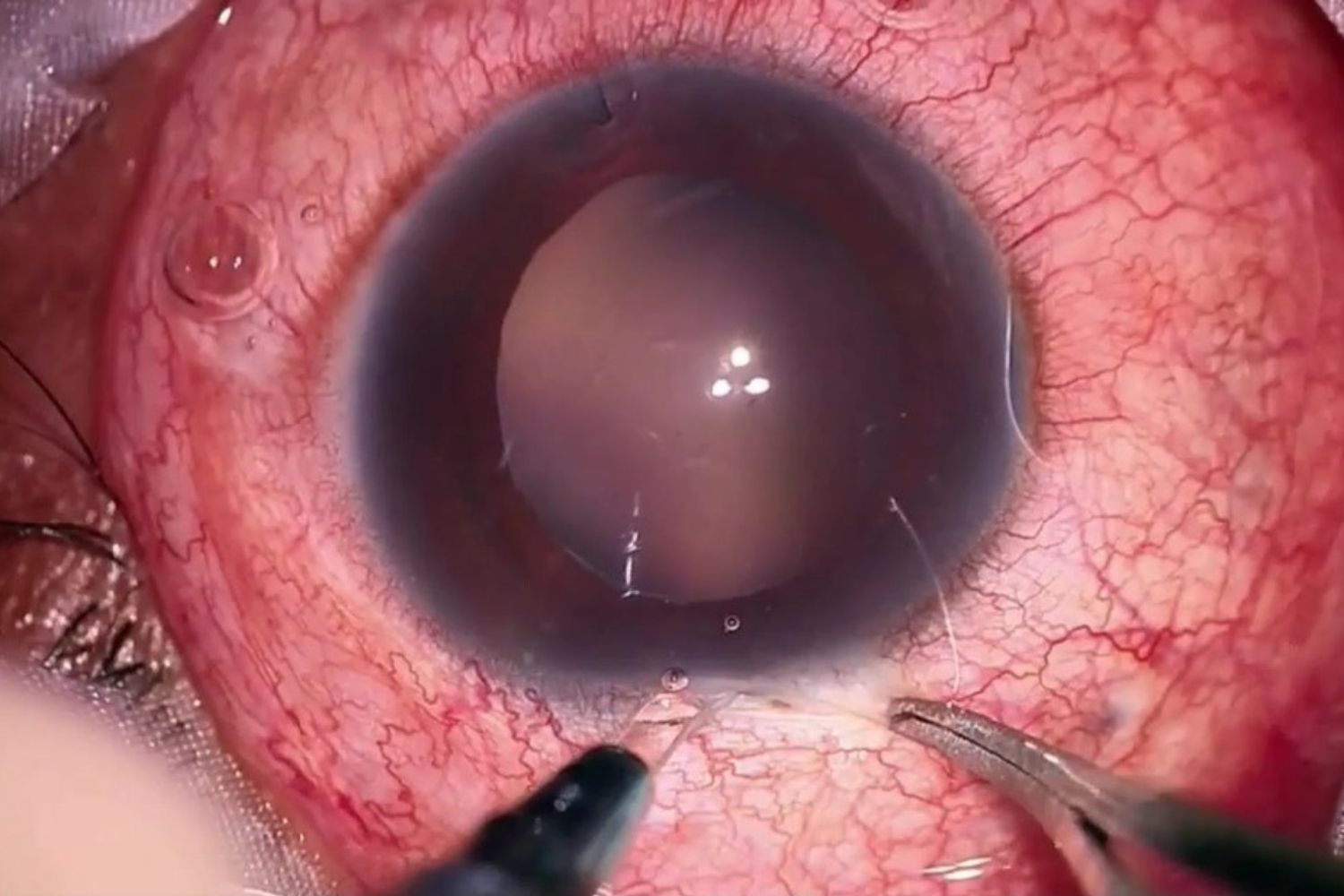
Microspherophakia Metaphyseal Dysplasia might sound like a mouthful, but understanding it can be simpler than you think. This rare genetic condition affects both the eyes and bones. Microspherophakia refers to the small, spherical shape of the lens in the eye, which can lead to vision problems. Metaphyseal Dysplasia involves the growth plates in bones, causing them to develop abnormally. Together, these issues can create a unique set of challenges for those affected. But don't worry, we've got 30 intriguing facts to help you grasp this condition better. From symptoms to treatments, let's dive into the world of Microspherophakia Metaphyseal Dysplasia!
Key Takeaways:
- Microspherophakia Metaphyseal Dysplasia (MSMD) affects eyes and bones due to genetic mutations. It can cause vision problems, skeletal issues, and other complications, but treatments like surgery and therapy can help manage symptoms.
- MSMD is a rare genetic disorder that can lead to vision problems, bone abnormalities, and other complications. Regular eye exams, corrective lenses, and other treatments can improve quality of life for those affected.
What is Microspherophakia Metaphyseal Dysplasia?
Microspherophakia Metaphyseal Dysplasia (MSMD) is a rare genetic disorder affecting the eyes and bones. Understanding this condition can help those affected and their families manage it better. Here are some intriguing facts about MSMD.
-
Microspherophakia refers to the small, spherical shape of the lens in the eye, which can lead to vision problems.
-
Metaphyseal Dysplasia involves abnormalities in the metaphyses, the growing ends of bones, causing skeletal issues.
-
Genetic Mutation: MSMD is caused by mutations in the LTBP2 gene, which plays a role in the development of connective tissues.
-
Inheritance Pattern: This condition follows an autosomal recessive inheritance pattern, meaning both parents must carry the mutated gene.
-
Vision Problems: Individuals with MSMD often experience nearsightedness (myopia) due to the abnormal shape of the lens.
-
Glaucoma Risk: The spherical lens can increase the risk of developing glaucoma, a condition that damages the optic nerve.
-
Bone Abnormalities: Affected individuals may have short stature and other skeletal deformities due to metaphyseal dysplasia.
-
Joint Pain: Joint pain and stiffness are common symptoms, often due to the abnormal bone growth.
-
Delayed Growth: Children with MSMD may experience delayed growth and development compared to their peers.
-
Diagnosis: Diagnosis typically involves genetic testing, eye examinations, and imaging studies of the bones.
Symptoms and Complications
Understanding the symptoms and potential complications of MSMD can help in early detection and management.
-
Lens Dislocation: The small, spherical lens can dislocate, leading to further vision problems.
-
Cataracts: Individuals with MSMD are at a higher risk of developing cataracts at a young age.
-
Skeletal Deformities: Common skeletal deformities include bowing of the legs and curvature of the spine.
-
Hearing Loss: Some individuals may experience hearing loss due to abnormalities in the bones of the middle ear.
-
Dental Issues: Dental abnormalities, such as delayed tooth eruption and misalignment, can occur.
-
Respiratory Problems: In severe cases, chest deformities can lead to respiratory issues.
-
Heart Defects: Rarely, congenital heart defects may be associated with MSMD.
-
Neurological Issues: Some individuals may experience developmental delays and learning difficulties.
-
Skin Abnormalities: Skin may be unusually soft and stretchy due to connective tissue abnormalities.
-
Fatigue: Chronic fatigue is a common complaint, likely due to the combination of physical and visual challenges.
Treatment and Management
While there is no cure for MSMD, various treatments can help manage the symptoms and improve quality of life.
-
Regular Eye Exams: Frequent eye examinations are crucial to monitor and manage vision problems.
-
Glasses or Contact Lenses: Corrective lenses can help improve vision in individuals with myopia.
-
Surgery: Surgical options, such as lens replacement or glaucoma surgery, may be necessary in some cases.
-
Physical Therapy: Physical therapy can help manage joint pain and improve mobility.
-
Orthopedic Interventions: Braces or surgery may be needed to correct skeletal deformities.
-
Hearing Aids: Hearing aids can assist those with hearing loss.
-
Dental Care: Regular dental check-ups and orthodontic treatment can address dental issues.
-
Respiratory Support: In severe cases, respiratory support may be needed to manage breathing difficulties.
-
Educational Support: Special education services can help children with developmental delays and learning difficulties.
-
Genetic Counseling: Genetic counseling can provide valuable information and support for affected families.
Final Thoughts on Microspherophakia Metaphyseal Dysplasia
Microspherophakia Metaphyseal Dysplasia, a rare genetic disorder, affects both the eyes and bones. Understanding its symptoms, like the characteristic small, spherical lenses in the eyes and abnormal bone growth, can help in early diagnosis and management. Genetic testing plays a crucial role in identifying this condition, allowing for better treatment plans and support for affected individuals.
While there’s no cure, treatments focus on managing symptoms and improving quality of life. Regular eye exams and orthopedic evaluations are essential. Support groups and resources can provide valuable information and emotional support for families dealing with this condition.
Raising awareness about Microspherophakia Metaphyseal Dysplasia can lead to more research and better outcomes for those affected. By staying informed and proactive, we can make a difference in the lives of individuals with this rare disorder.
Frequently Asked Questions
Was this page helpful?
Our commitment to delivering trustworthy and engaging content is at the heart of what we do. Each fact on our site is contributed by real users like you, bringing a wealth of diverse insights and information. To ensure the highest standards of accuracy and reliability, our dedicated editors meticulously review each submission. This process guarantees that the facts we share are not only fascinating but also credible. Trust in our commitment to quality and authenticity as you explore and learn with us.
